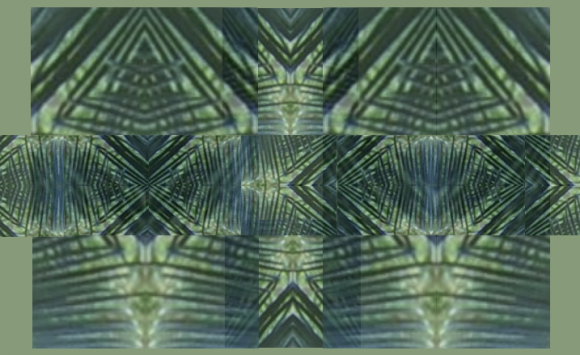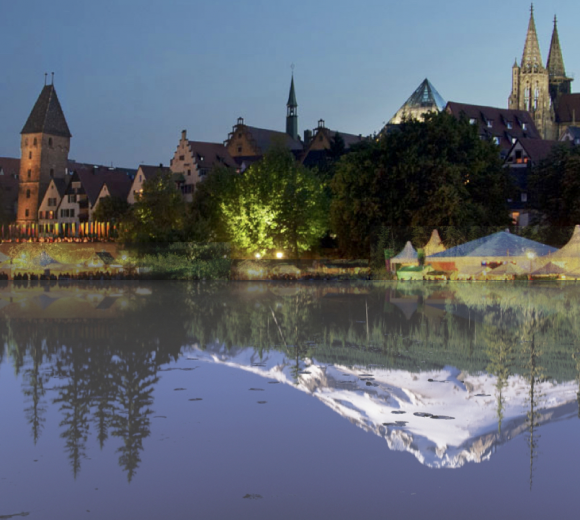[Note: This post has been superseded by an updated and more integrated article.]
Having tracked how Jung amalgamates the nekyia and the Nachtmeerfahrt, we are now in a better position to continue and understand the distinctions Hillman wants to make.
The descent to the underworld can be distinguished from the night sea-journey of the hero in many ways. […] the main distinction: the hero returns from the night sea-journey in better shape for the tasks of life, whereas the nekyia takes the soul into a depth for its own sake so that there is no “return”. (DU 168)
On the face of it, this is a surprising statement, since in the various passages of The Dream and the Underworld where he mentions mythological descents and refers to them as nekyia, his distinction doesn’t apply: Aeneas and Ulysses go down there to “learn from the underworld which re-visions their life in the upperworld”, as he insists twice (85, 113), and Hercules goes there on a mission, too (ibd.; that mission is of course to capture Kerberos, the hell-hound). Hillman furthermore lists Orpheus, Dionysus, and Christ (85) as well as Dante (20), Ishtar and Enkidu (46), and various others’ descents; finally, he also points out that, closer to our time, “Freud’s underworld experience, like Jung’s own descent later, was the touchstone for an entire life” (21). Although references to the night sea journey are hard to find in the book, references to the nekyia are plenty, and without fail those are all examples where there is a return — and one with consequences for the upperworld life that follows it. So if there is a distinction and a pattern here in these clusters of motifs, then Hillman (in the quote above) has it exactly wrong.

Yet if we bracket Hillman’s own references to antiquity and follow the line of thought in the book on its own merit (rather than trying to “demonstrate” or “amplify” it with heaps of quotations), a sense does emerge in which his distinction makes perfect sense. The basic idea is that underworld talk is metaphorical and indicates becoming more psychological or (in Hillmanian parlance) the activity of “psychologizing” which is a component of soul-making — and that this is, as it were, itself a sufficient goal (or as ancient eudaimonistic philosophy would have it, a telos): an end in itself rather than an instrument for some different or further end (personal growth, say, or development towards a comprehensive Jungian Self; let alone external ends such as fame, wealth, or power). Seen from this underlying perspective, we can easily see the point of a distinction between descent as gradual deepening without a particular end target (where more of the “deepening” is the only characteristic that makes it a descent) vs. descent as temporary stay in “another region”, which has the point of not merely visiting, but getting back something from the entire process as well.
I think that is the distinction Hillman has in mind in the quote above. He labels the two options nekyia and night sea journey, respectively, presumably because a) the night sea journey is already clearly associated with the hero myth and “bringing back the treasure” (we have already seen that Jung generally makes this connection); and b) the nekyia reference is more directly associated with underworld mythology specifically (which some of the night sea journey, viz. the “belly of the whale” motif, is not necessarily). He just seems to have lost sight a little of the many passages beforehand in the book where he used “nekyia” in its different, wider sense himself (a sense in which his distinction loses its grip).
I want to insist here that the distinction we’re touching upon is more fundamental than just one of association with one mythical cluster or the other. Or to put it differently: we’re not simply sorting descent narratives into those which are connected with the hero myth and those which aren’t. This may have been Hillman’s immediate motivation (distance his ideas from a generalized hero myth, such as the “monomyth” found in Campbell’s thinking; resist the dominance of the hero story, and its association with the mother complex, which he diagnosed in the Zeitgeist of his own times and criticized, not least in the early passages of The Dream and the Underworld). But the difference goes deeper, and a more reliable indicator than whether the context resembles a hero narrative is whether the story is one of descent because that’s an instrument needed for further purposes (because something “must be brought back”). For as soon as that is the case (whether there is resisting the Great Mother or not), we’re in the structure of the Nachtmeerfahrt, and no longer at soul-making for the sake of making soul — which, if it is done, is done for that sake alone.



